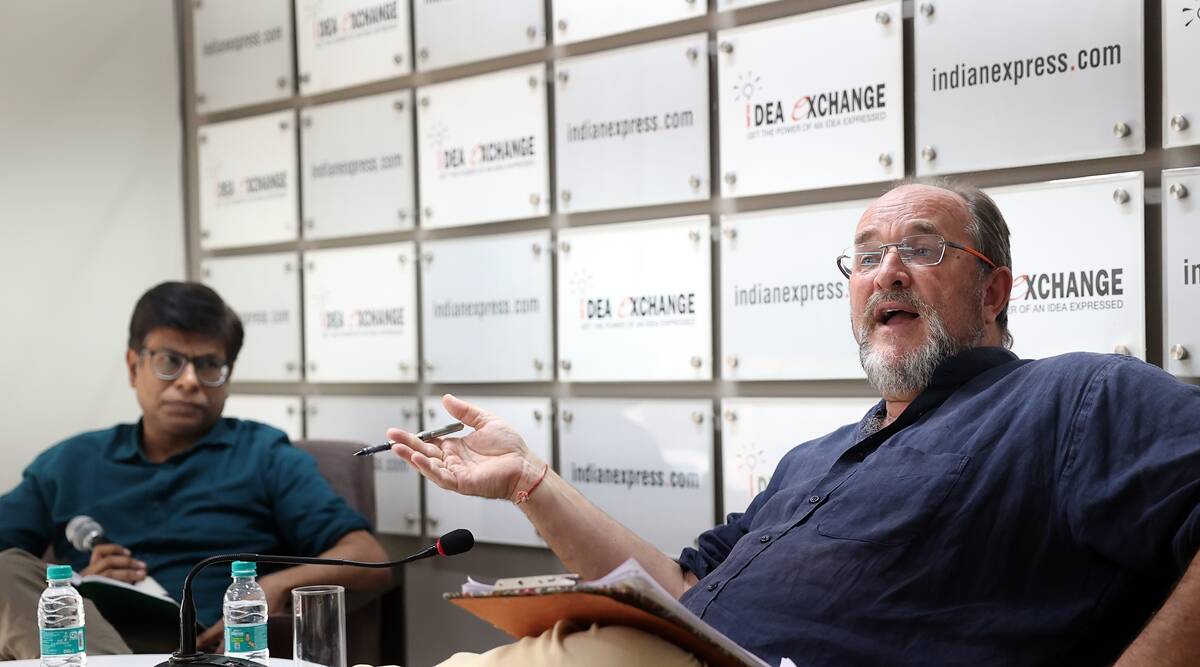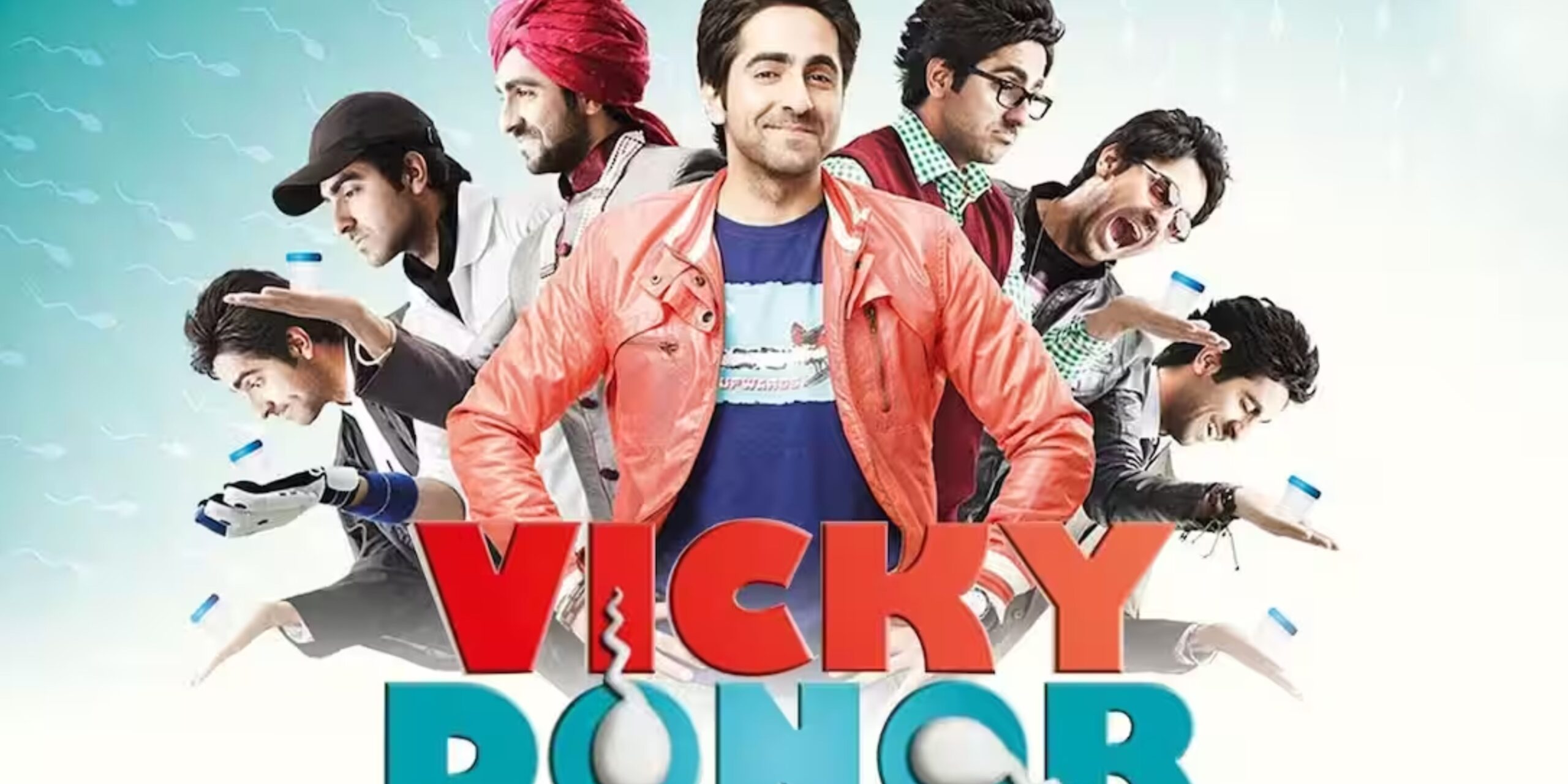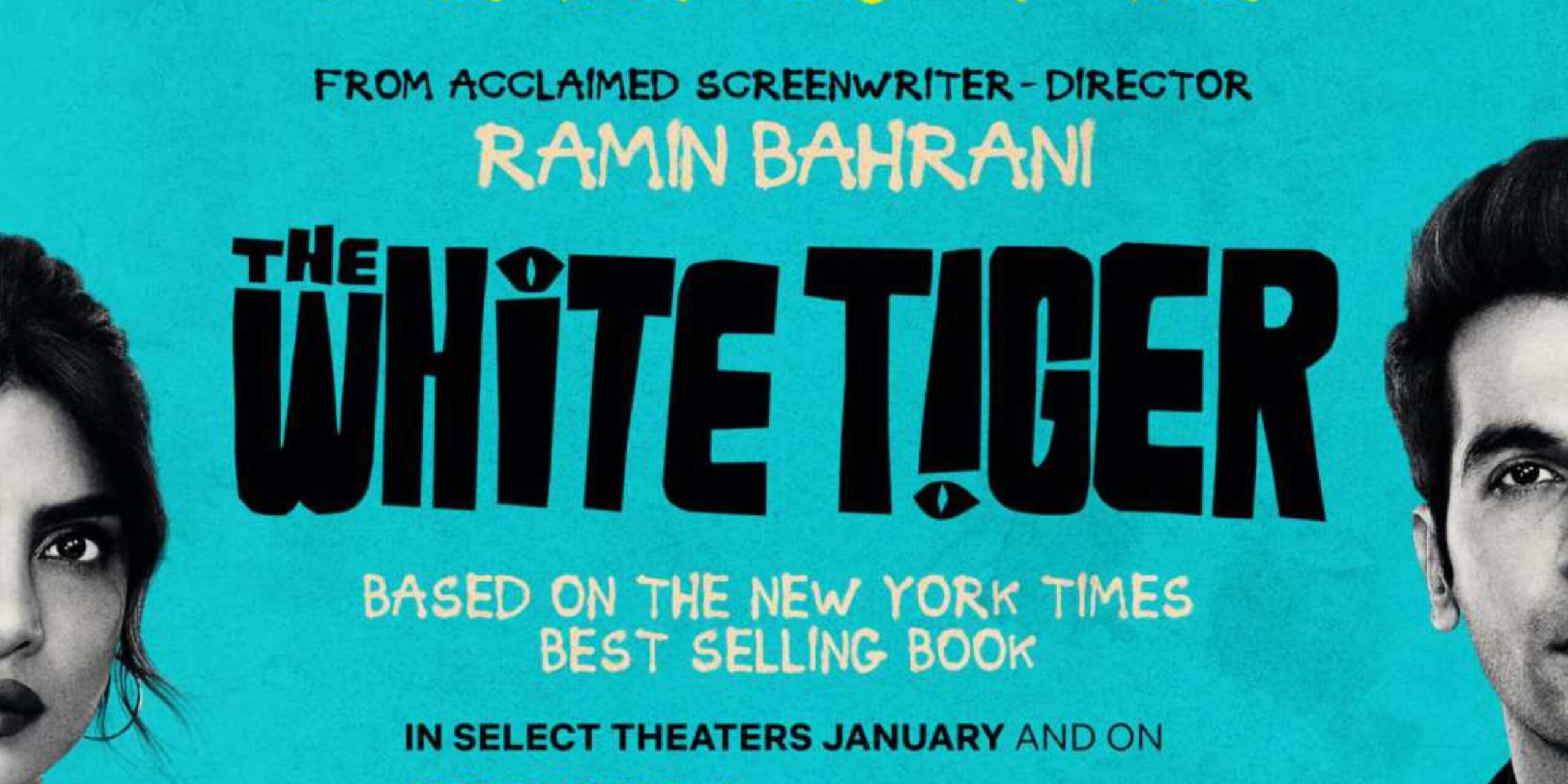
William Dalrymple, a historian, discusses the necessity for nuance in history writing, the reasons why stories about the Mughals are frequently inaccurate, and why the Marxist interpretation of history is not the only viable option. Kaushik Das Gupta, an associate editor, served as the session’s moderator.
Kanishk Das Gupta If you love history, these are highly fascinating times, but it also seems to be in some trouble. Could you elaborate on that?
In and outside of academia, there is a lot of literary non-fiction that, unavoidably, is of varying quality and truth. Even 20 years ago, nobody was looking at this from a narrative or biographical perspective. The history programmes here frequently reflected the Marxist interpretation of history, which minimises the importance of individuals in favour of larger social and economic forces. That is presently altering. In the past year, three biographies of Akbar were released, compared to two biographies of Dara Shikoh. It’s time.
Kanishk Das Gupta What made you decide to transition?
The events of the 18th century, including those involving the Mughals, Marathas, Tipu’s Mysore, Hyderabad, the successor nations to the Mughals, and the East India Company, intrigued me. Moreover, there is the issue of a business seizing control of an army and a nation. The complete Mutiny Papers, these extraordinary materials housed in the National Archives, the nation’s foremost archive, had never been worked on or translated into English. Most people in this area no longer have the ability to read scribal Persian, which may be the cause. I count myself extremely fortunate to have collaborated on all four of my East India Company works with the great Bruce Wannell, who possessed the rare ability to read late-Mughal Persian and Urdu with ease and produce beautiful translations. We searched in archive repositories like Tonk, the National Archives, and the British Library together, and we discovered hundreds of unread and untranslated Mughal biographies and histories.
Kanishk Das Gupta The National Archives’ relocation to a different building has raised some concerns. What do you believe?
The archives are currently accessible; they have not yet been relocated. Moving an archive shouldn’t be a difficult task, in theory. They made a much larger transfer from Calcutta to this location at the same time as Lutyens’ Delhi was being built. So moving an archive is not impossible. There are worries that the archive might be edited and its materials more carefully regulated. Although I don’t support this administration, the initial reports on the Central Vista project were much more concerning than the actual situation. Let’s see, then.
The fact that history is still being viewed from the shifting viewpoints of the present is not always bad. however, it must be grounded in the details revealed in the primary texts and must not only be an expression of religious intolerance.
What enabled the English East India Company to outperform the competition, asks Kaushik Das Gupta?
The Company was a development of England’s burgeoning capitalist forces. Despite receiving a foundation charter from the Crown, the East India Company maintained its independence for the first 150 years of its existence. In 20 years, we’ve seen how enormous corporations may not only have gigantic yearly turnovers — as great as the GDP of entire nations — but also be able to dictate terms to nation governments. This is as distinct from the state as Google, Facebook, or Twitter are from the American state. Particularly in Britain, where this entire field of study was long largely disregarded, colonialism and imperialism are now hot-button issues.
How significant was the East India Company in Britain’s recorded history, asks Kaushik Das Gupta?
For 250 years, The Company has been many different things. First, it’s a merchant in spices, then a trader in textiles, and finally a trader in opium and tea. Additionally, it switches from being a libertarian, free-market business to a public-private partnership. The violence and corruption of the 18th-century East India Company thus frequently humiliated the 19th-century British during that shift. As a result, the Victorian British rewrote India’s imperial history as a national endeavour in the 19th century. And that’s comparable to what’s occurring with the Mughals in this country, where people are reevaluating the Mughals as a result of the Hindu nationalist regime and the emergence of the RSS.
As a historian, you must attempt to show all the ambiguities, rather than just moving from one extreme—ignorance of the fact that temples were destroyed—to another extreme—mass killing and a 1,000-year firestorm that only ends in 2014—
While I don’t agree with most of that reassessment, it’s not necessarily a terrible thing that history is still being reexamined, rethought about, and addressed from the varying views of the present. Discussion and debate are acceptable, but they must be grounded in the facts presented in the original sources rather than serving as a vehicle for religious or ultranationalist intolerance.
Kanishk Das Gupta Do you believe that colonialism will one day be revisited in English history?
Undoubtedly, there is more discussion now than there ever was. I’ll use a recent British debate as an example of something that was barely covered here. The majority of Britain’s grand estates and castles are under the National Trust’s management. Many of the homes there were constructed by former East India officials, or “Nabobs,” who made their riches in India. There has been an effort to speak out against that in the last five years. Reevaluate the structures in light of their somewhat shady colonial and slave pasts, and make it clear to visitors through new visitor guides and new literature on the subject that the structures you are visiting were in fact funded by the proceeds of the Caribbean slave trade or through East India Company misdeeds. The Tory party, which has spearheaded the criticism of so-called “woke historians” who they believe are harming Britain, has fought this. Other organisations, such as History Reclaimed and Restore Trust, fought to be elected to the National Trust council in order to stop this rewriting, which they seen as being lefty woke.
William Dalrymple is a historian.
How is colonial history taught in England, asks Devyani Onial?
Most Britons don’t even try to learn it. We study the Roman Empire, the Portuguese Empire in Brazil, and the Spanish Empire in Peru, but we learn very little about the British Empire. British history is taught in a way that emphasises freedom and the fight for democracy while omitting the imperialism that is bigger than the elephant in the room. Therefore, when Brits visit here, they are unaware of Jallianwala Bagh. They are unaware of the eradication of the Tasmanian aboriginal population when they travel to Tasmania. They are unaware of what happened to the native Caribs when they travel to the Caribbean. They don’t know anything about the potato famine when they travel to Ireland, yet everyone there is well-informed. There is so a dilemma.
Kanishk Das Gupta Has there ever been more pressure to include the Empire at particular times or under particular governments?
No, it hasn’t escalated into a Congress-BJP power struggle over the Mughals just yet. Although it might be now that the Right side of the Tory party is in charge and is led by Rishi Sunak, Priti Patel, and Suella Braverman, who are criticising “woke” imperial historians. Thus, there are efforts from the Left to incorporate this into the curriculum and efforts from the Right to oppose those efforts. But up until this point, everyone has only sort of dozed through the entire colonial era.
This nation is no longer a developing one. It possesses the means. It is able to construct new airports, cricket stadiums, and enormous monuments of politicians. It can allocate slightly more money to the ASI and museums.
Intiman Tiwary Based on your findings, how would you position the political narrative being spread by the BJP and the RSS in a historical context?
If you look at the history books that were written in the years following Partition, you will see that there was a strong belief in this nation that the reason there was such a great deal of bloodshed in 1947—bloodshed that was almost genocidal—was because Hindu and Muslim disunity. That generation of historians saw it as their duty to build a united narrative. Thus, the advantages of Mughal rule were emphasised strongly. Each nuanced interpretation of history must be able to account for the advantages and disadvantages, highs and lows, and good and terrible aspects of any historical era. And just as the British ought to have ignored it in their imperial myth, you cannot ignore the evil side of history.
As a historian, you must attempt to convey all the shades and grey regions, not just shift from one extreme to another where there is widespread rape, widespread bloodshed, and an inferno for a thousand years that only stops in 2014. Nuance is all. Indian history has a propensity to portray everyone as either an angel or a devil. Therefore, Tipu is a devil while Shivaji is a saint. They both actually lived during a period of intense carnage and chaos, which resulted in a tremendous deal of destruction, violence, killings, besiegements, and countless innocent lives.
At the Deccan Era office in Noida, historian William Dalrymple spoke with associate editor Kaushik Das Gupta.
Udbhav Seth: Because extremes frequently dominate the story, how do you communicate that nuance to the general public?
The circumstance is exceptional… I haven’t encountered another nation with the same desire to write a history filled entirely with saints and devils, angels and demons. It’s not impossible to develop a sophisticated perspective of human personalities that acknowledges their significant shortcomings and great leadership capacities. For instance, Warren Hastings, credited with founding the Asiatic Society and commissioning the first English translation of the Bhagavad Gita, develops a network of granaries to avert hunger in The Anarchy, most notably the Golghar in Patna, which is still standing today. But there’s also the knowledge that he’s in charge of the East India Company, a highly extractive entity that annually ships gold from India to Britain while benefiting its employees at the expense of the people of India. It’s crucial to achieve that level of equilibrium.
Hindu khatre mein hain is a story that has been told, according to Sudhakar Jagdish. However, what do you believe has allowed Hinduism to endure all these years?
It all comes down to attempting to comprehend how these things operate. Hindu subjects who could afford jizya made for incredibly lucrative subjects for Islamic kings (tax for non-Muslims). Because you receive a greater tax rate from the non-converted, there was a strong economic incentive during the Sultanate to discourage widespread conversions. In truth, there was only one time when the peasantry underwent a mass conversion, and that was in the 18th century in both Bengal and the Punjab. As a result, Bengal and the Punjab became predominately Muslim in 1947. Pakistan and Bangladesh are the results of that.
The majority of people under the Sultans’ authority were Hindu, and they only sometimes supported conversion. There is a misconception regarding this and a Right-wing belief that a group of genocidal maniacs showed up with swords to convert or murder people, but that was not the case.
William Dalrymple is a historian.
Khuarana Suanshu How did you learn about the Kohinoor’s Afghani tale?
When I was working on Return of a King, I came across this lovely tale in the Tarikh-i-Sultani about how Shah Zaman, (Timur Shah’s successor), concealed the Kohinoor and the Timur Ruby when he was jailed and blinded. The Timur Ruby and the Kohinoor, both of which were concealed and being used as paperweights by a mullah, are discovered when his brother Shah Shuja assumes power and sends out search parties. In fact, Return of a King’s first page is what first piqued my curiosity.
British conquered Kohinoor by force, but Indians also did so: Express Research William Dalrymple describes the intricate background of diamonds.
The British used the Kohinoor as a representation of their empire at the Great Exhibition of 1851, which is why it became so well-known. It still represents the empire now, but now it represents imperial plunder, imperial dispossession, and everything the colonised have lost. Because the Mughals favoured red stones of light, they liked spinels and rubies, and those are what the Mughal chroniclers record, the Kohinoor isn’t mentioned in any of the Mughal depictions of the Peacock Throne. The Kohinoor is not mentioned in any of them.
It is housed in a case with the Cullinan Diamond when you visit the Tower of London. Now that travelators have been installed, you may observe a number of Indians moonwalking backwards while attempting to catch up with them and frequently exclaiming, “Chor chor, we want it back!” Despite the fact that the scene seems humorous, there is a real sense of loss and dispossessed underneath.
Ghosh, Rinku: How challenging is it for a historian to keep writing about nuances and their legitimacy?
Writing about history has always been intensely political. The understanding of Russian and Ukrainian history is at the root of the ongoing war in Ukraine. Putin is a self-proclaimed history buff who holds firmly to his beliefs of what Ukraine is and isn’t in respect to Russia. Israel and Palestine experience a comparable situation. You have two entirely different versions of history, with Israeli textbooks emphasising the Jewish people’s claim to this territory going back millennia. The Nakba of 1948, which hasn’t been included in Israeli textbooks, is only the first War of Independence for the Palestinians, who claim that their people have a longer history and are dispossessed during it. There you have it—another instance of two individuals having radically different perspectives on the same historical period.
Governments all around the world will probably have a tendency to simplify the complex and nuanced realities of history into a morality play about patriotism. The historian’s role is to refuse to tolerate that. And frequently, it’s this very thing that sets a good historian apart from a populist who is presenting a skewed perspective. Any historian who presents a patriotic bravery narrative in black-and-white would always raise my suspicions. Usually, human history is more nuanced than that.
By Aditya Vaddepalli What do you think of the British Museum’s handling of repatriation requests from various nations?
Numerous of the most important artefacts are in private rather than public collections. There are two legal statutes, to start. The Hague Conventions of 1899 and 1907 are one example. That, however, is not a retrospective law; it deals with looted artefacts and calls for the return of stolen property. So, it did imply that Jewish art collectors who had their property taken by the Nazis during World War II may recover it, but it does not yet permit you to recover the Kohinoor.
A 1972 UNESCO publication is the second example. That refers to the theft of priceless cultural artefacts. For instance, a lot of items that Douglas Latchford, a smuggler who resided in Thailand, smuggled out of several American museums have lately been returned to Cambodia. Now that his pieces are back in Phnom Penh, investigations are still going on. This implies that items that were unlawfully and thievishly exported in the 1960s and 1970s may now be recovered.
The moral question is what you have left to consider, then. And things are altering. But before anything else, the British people need to comprehend this history and what transpired. There is currently a great deal of ignorance. In a way, this is the main reason I’ve been writing the Company Quartet volumes. to talk about all these concerns, to provide many viewpoints.
With all the boasts this government makes about national pride and all the chest-beating about India as this magnificent nation, I believe it would be good to see some more money invested in museums and ancient sites. Let’s see some top-notch museums and galleries here that showcase the amazing cultural artefacts you have in this nation, the most of which are currently either hidden away in storage or improperly shown in dingy, out-of-date galleries with insufficient lighting.
This nation is no longer a developing one. The resources are in our nation. It can construct new airports all over the world, cricket stadiums, and enormous monuments of politicians. On the ASI and museums, it could spend a little bit more money.
How come William Dalrymple
When the Mughal Empire was on its dying legs and the East India Company was seizing control, it was one of the most intriguing moments in Indian history. William Dalrymple, a knowledgeable historian, has taken us to this period. White Mughals (2002), The Last Mughal (2006), Return Of A King (2012), and The Anarchy are some of the books in his Company Quartet (2019). He has won many honours and is also a curator of shows featuring works in the Mughal and Company styles. The largest writers’ gathering in the world, the Jaipur Literature Festival, now includes an international branch, and Dalrymple is a co-founder and co-director of it.



